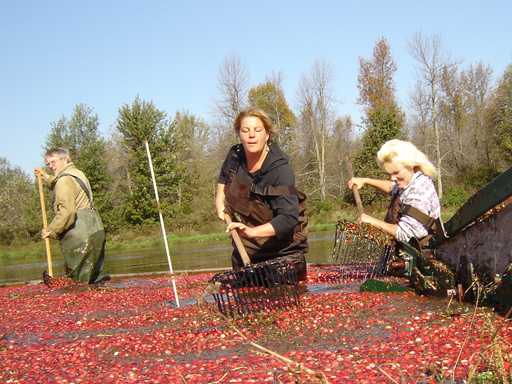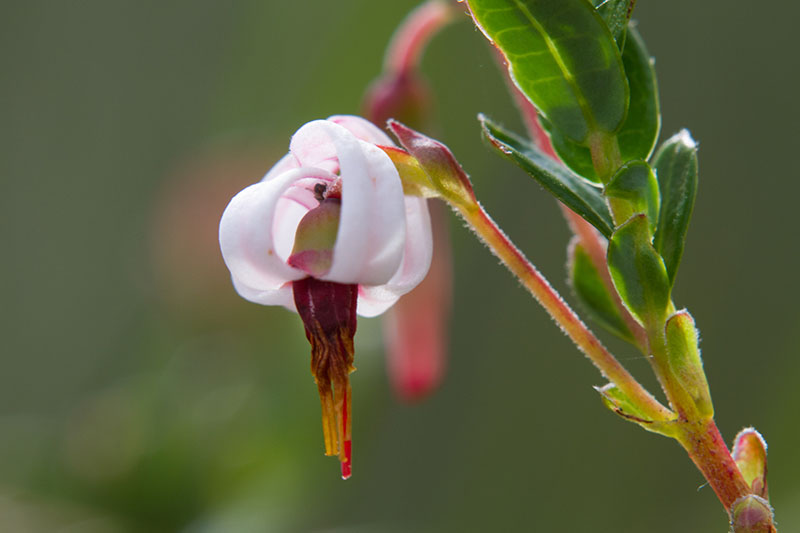By Dan Shine
Voice Columnist
Cranberries: “The Rubies of the Pines”
It has been 402 years since the autumn of 1621, when that struggling band of English Puritans sat down with their Indian friends to celebrate their friendship, their survival, and to enjoy their first Thanksgiving meal together. Now, while we are fairly certain that their dinner included wild turkeys, it is not known if on that day, they enjoyed another Thanksgiving staple of long-standing: the American Cranberry.


American Indians made use of the cranberry long before the first white settlers arrived in New England. They called it “ibimi,” meaning “bitter berry,” and they considered it a symbol of peace, so perhaps it would have been appropriate for them to bring cranberries to that first special meal so long ago. The Indians ate the cranberries raw, cooked, or mashed together with dried venison to make a long-lasting pressed cake known as “pemmican.” In addition, they used cranberries to create medicinal salves and dyes for their clothing.
At first, the Puritans called the fruit “crane-berries,” since their flower resembled the head and neck of the sandhill crane; ultimately, the name was changed to become the name that we today are familiar with.
As the story goes, in the early days of the New England Colonies, the bane of the existence of Colonial sailors was scurvy, which resulted from a lack of vitamin C in the diet. Those sailors made immediate use of the cranberry to correct this deficiency, and eliminate the suffering that it caused. They discovered that barrels filled with cranberries and water could be stored on board ship for months without spoiling.
The Indians taught the Pilgrims how to harvest the cranberries by hand. This was soon improved upon with the invention of a rake-toothed wooden tool known as a cranberry scoop. In the beginning, the cranberries grew wild, but in 1816, the practice of growing cranberries in man-made bogs began to take over.
The purposes of the bogs are several: since the berries float, the presence of water makes them much easier to harvest than if they were to be lying on the ground; in addition, the water controls insects, and in winter it creates a layer of ice which protects the cranberry vines.
Today, the biggest cranberry-producing states are (in order): Wisconsin, Massachusetts, and New Jersey. One fifth of the annual cranberry production is consumed on Thanksgiving, when nine out of ten Americans look forward to seeing cranberries on the dinner table. On Thanksgiving, you may find them prepared in a multitude of delightful ways, but these historic, and truly American berries are sure to be part of your Thanksgiving, in one form or another.
Happy Thanksgiving! On this day, let us not forget to give humble thanks to our Maker, for all of the blessings that He has bestowed upon us, by His Grace.